画像 r rating insulation meaning 172370-R insulation rating definition
A higher Rvalue means that the insulation will do a better job of holding in conditioned air, whether that's heat in the winter or cool air in the summer It's not about how much heat the insulation retains, but how slowly it allows heat to move through it The slower, the betterTypical recommendations for exterior walls are R13 to R23, while R30, R38 and R49 are common for ceilings and attic spaces See the Department of Energy's (DOE) ranges for recommended levels of insulation belowFor example, insulation that is compressed will not provide its full rated Rvalue The overall Rvalue of a wall or ceiling will be somewhat different from the Rvalue of the insulation itself because heat flows more readily through studs, joists, and other building materials, in a phenomenon known as thermal bridging

Underfloor Insulation What Is R Value How Does It Work
R insulation rating definition
R insulation rating definition-Notes to the table above Notes on the Rvalue & Kvalues of different forms of asbestos Rosato (ASBESTOS INSULATION) is the most authoritative source on asbestos properties and gives data for the thermal conductivity of asbestos in different forms and with varying temperaturesFor magnesiaasbestos insulation at mean temperatures ranging from 100°F to 400°F the Kvalue (thermalR6 duct insulation 6,305 BTU/hour (053 ton) R42 duct insulation 7,948 BTU/hour (066 ton) The numbers are even higher for the additional heating load Some other factors to consider The duct insulation Rvalues I mentioned above are what's on the product label How often do you think you get the full labeled Rvalue?


Attic Insulation How Much Do I Need
Your R value increase of 07 is too low Even if you neglect the bulk air insulation between the layers adding two additional air film layers will do quite a bit From the souce you cited h = 18 T^¼ (in scientific units) which translates to R = 365 T^¼ in imperial units for each sideWhat Is Insulation Rvalue?The blanket insulation rating is determined by the thickness of the blanket and how much the blanket is filled with the various components This is why it is important to understand the threecomponent ratings so that you will know how to calculate your blanket insulation rating The area is the thickness of the insulation material
The R factor stands for thermal resistance The higher the R factor, the better the insulation The textbook definition for R Factor is the quantity determined by the temperature difference, at steady state, between two defined surfaces of a material or construction that induces a unit heat flow through a unit areaThe Meaning of RValue The heat resistance of insulation is measured by its Rvalue The R stands for resistance to heat flow Rvalue is universal across all insulation products, so the measurement will mean the same thing no matter who sells or manufactures the insulation Rvalue is even consistent across different types of insulationIs the R value calculated the same in all countries Australian builders put R 345 in a ceilingf (using 92mm stud width) and as little as R 15 in walls The differential between Warm climates as indicated by US values seems very strange Personally I think as an Australian we use far too little insulation
Insulation ratings are measured in Rvalues per inch of thickness An Rvalue tells you how well a type of insulation can keep heat from leaving or entering your home Insulation Rvalues vary based on the type, thickness and density of the insulation material Typically, a higher insulation R rating means better climate control and better energy efficiency for your homeAccording to a footnote at the bottom of the table, the "first value is cavity insulation, second is continuous insulation or insulated siding, so '135' means R13 cavity insulation plus R5 continuous insulation or insulated siding" Complying with the code usually means installing insulation between the studsInsulation level are specified by RValue RValue is a measure of insulation's ability to resist heat traveling through it The higher the RValue the better the thermal performance of the insulation The table below shows what levels of insulation are costeffective for different climates and locations in the home Recommended insulation levels for retrofitting existing woodframed buildings



Types Of Low Slope Roof Thermal Insulation Certified Commercial Property Inspectors Association


Www Energystar Gov Sites Default Files Asset Document Insulation fact sheet Pdf
What does Rvalue on my sleeping mat mean?Let's start with an example solid wood has an Rvalue of 1The Meaning of RValue The heat resistance of insulation is measured by its Rvalue The R stands for resistance to heat flow Rvalue is universal across all insulation products, so the measurement will mean the same thing no matter who sells or manufactures the insulation Rvalue is even consistent across different types of insulation


What R Values Mean In Home Building Decisions
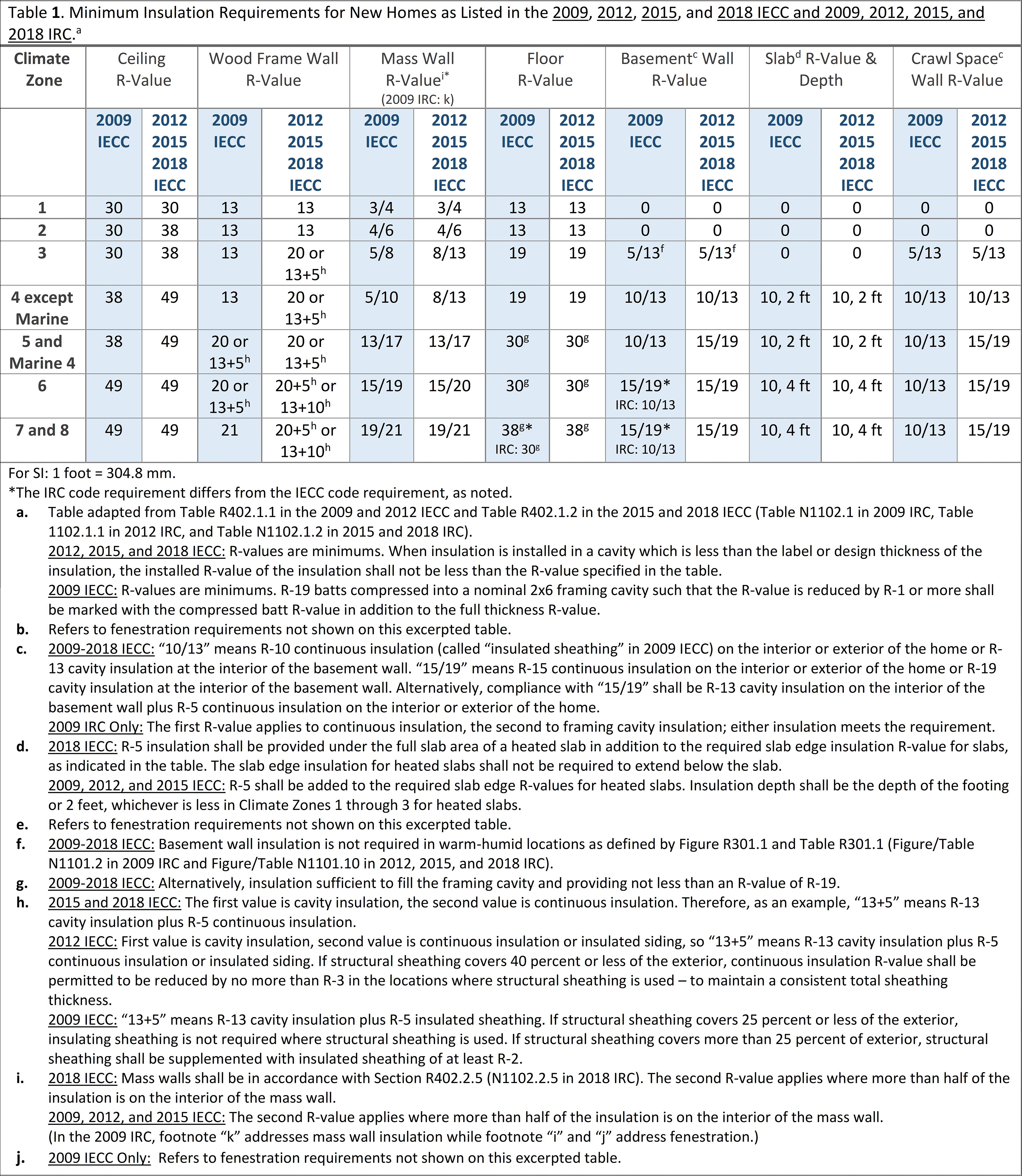


Unvented Attic Insulation Building America Solution Center
The number next to the R is just a rating of its insulating power The higher the number the better job the insulation will do at keeping heat in or out of your home So R30 will save you more money on your heating or air conditioning bills than R10The most common voltages are 500V and 1,000V Higher voltages are used to stress an insulation to a greater degree and thus obtain more accurate results Table 1 Recommended test voltages for routine maintenance insulationresistance tests of equipment rated to 4,160V and aboveNotes to the table above Notes on the Rvalue & Kvalues of different forms of asbestos Rosato (ASBESTOS INSULATION) is the most authoritative source on asbestos properties and gives data for the thermal conductivity of asbestos in different forms and with varying temperaturesFor magnesiaasbestos insulation at mean temperatures ranging from 100°F to 400°F the Kvalue (thermal



The Diminishing Returns Of Adding More Insulation Energy Vanguard



Attic Insulation How Much Do I Need
Technically, Rvalue is a measure of thermal resistance;The higher the Rvalue, the more thermally resistant the material or structure is This isn't just used to measure sleeping pads Engineers and scientists also use Rvalue to measure everything from windows to fiberglassWhile the R value of 7 is more effective than the R value of 3, If you live in a home that is in a very hot climate, it would potentially be wasteful, unnecessarily expensive, and counterproductive to install insulation with an R value rating of 7


Insulation Types And R Value Info For The Bpi Exam Bpi Certification Online With Bpi Practice Exams And Study Guides Online Energy Auditor Certification Training Course
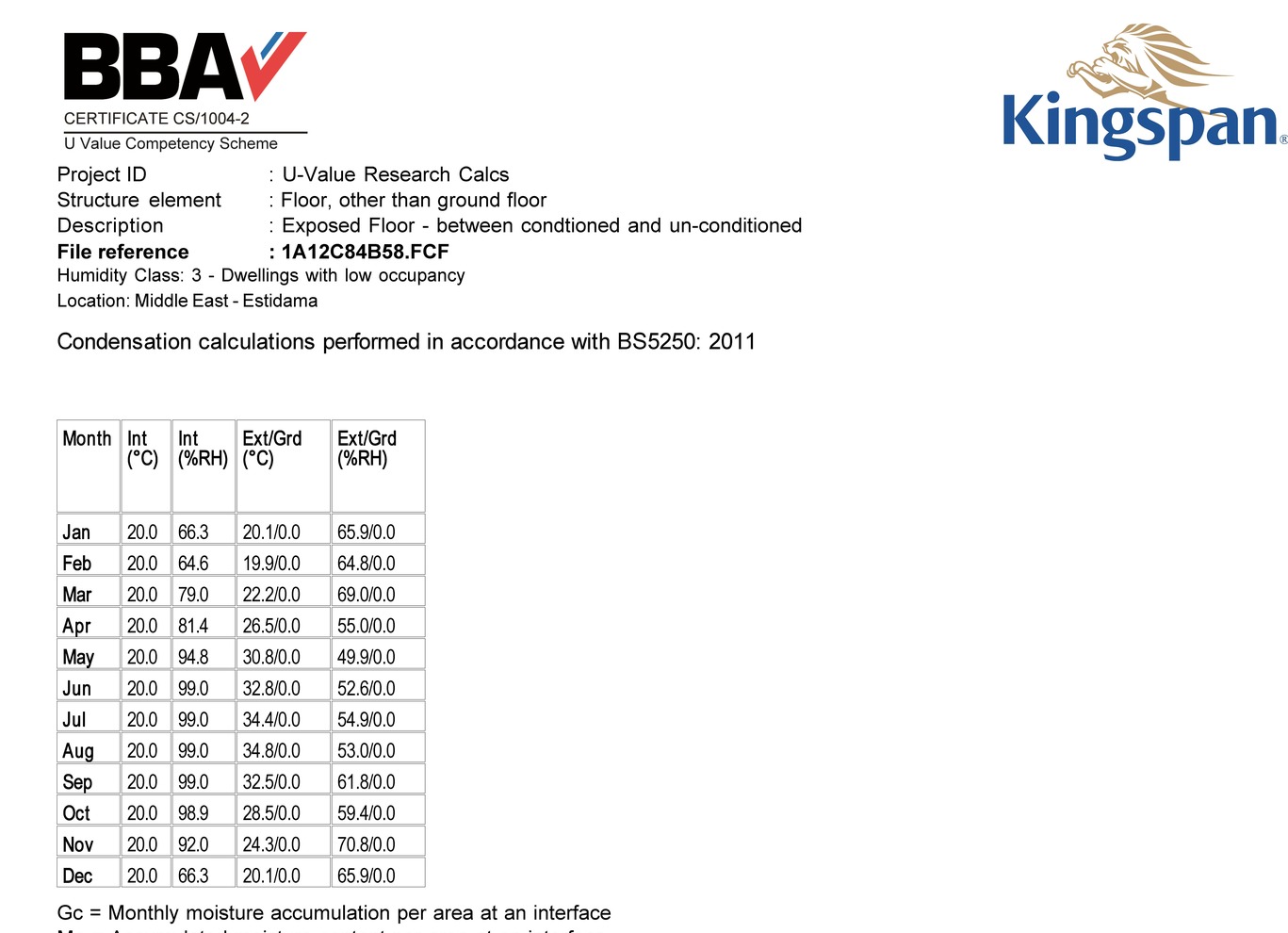


K Value R Value U Value Faq Insulation Kingspan Mea India
The blanket insulation rating is determined by the thickness of the blanket and how much the blanket is filled with the various components This is why it is important to understand the threecomponent ratings so that you will know how to calculate your blanket insulation rating The area is the thickness of the insulation materialRvalue was defined as, "The higher the Rvalue, the greater the ability to resist conductive heat transfer" In practical terms, this means that the thicker the insulation, the more efficiently you can keep your home comfortable However, insulation is not the only way to monitor your home's heating and coolingWhat Is Insulation Rvalue?



Underfloor Insulation What Is R Value How Does It Work



7 6 Insulation Glass Metro Glasstech
Simply put, the R in insulation Rvalue indicates resistance—this is used as the basic measurement of the heat resistance of the insulation material and is calculated per inch of width Here's an example How Is Insulation RValue Calculated?Technically, Rvalue is a measure of thermal resistance;RVALUE Rvalue is used to measure materials ability to resist heat or in other words, resistance of a material unit to heat transfer Rvalue figure is usualy provided by the manufacturer of a particular insulation product and is shown in the product description Rvalue figure can be calculated from the equation
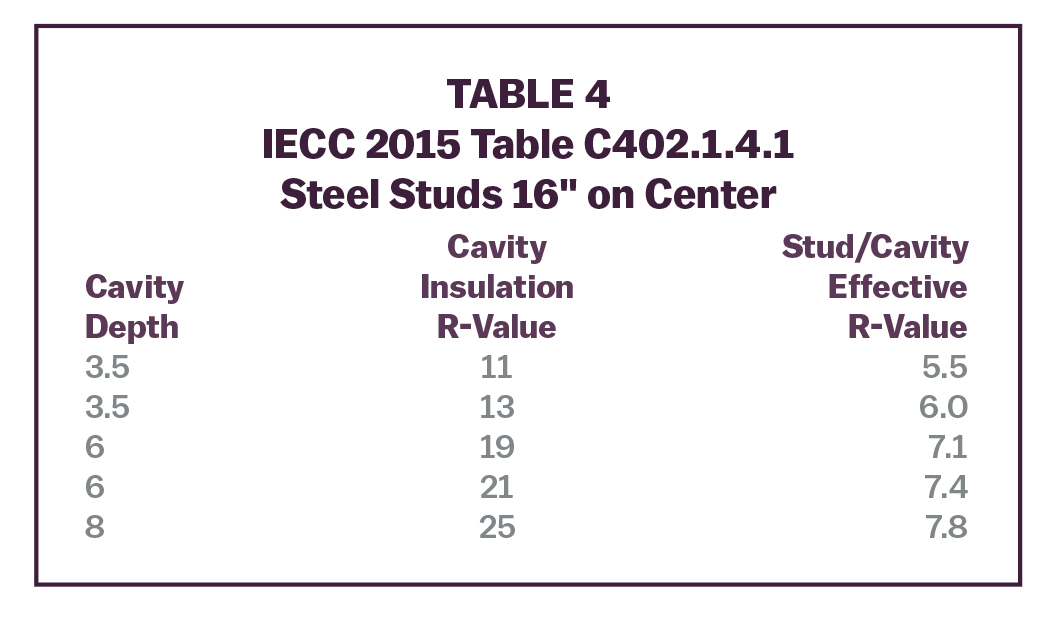


Insulation And Temperature A Useful Relationship Insulation Outlook Magazine



R Values Of Materials Table Of Insulation R Values And Properties For Various Insulation Materials Building Materials Brick Block Wood Soil Air Gaps Etc
"R" means resistance to heat flow The higher the Rvalue, the greater the insulating power Almost all insulation products have to tell you their Rvalue — pipe and duct insulation are the only exceptions (Duct wrap is covered)Insulation is rated on a scale called an RValue When the R value of a material is low, it conducts heat very easily When a material's R value is high, it does not conduct heat well, making it a good insulator The US Dept of Energy considers "High RValue walls" to be R40 or above for Zero Energy Ready Currently, there are no EnergyA wall is R19, a roof is R30 — what does this mean?



Fiberglass Cellulose Or Foam Which Is The Right Insulation Material For You Environmental Protection



Insulation Buying Guide
Essentially Rvalue is a measure of thermal resistance, or the ability to prevent the transfer of heat The larger the number, the harder that insulation is working at preventing heat conductionAlmost all insulation products have to tell you their Rvalue — pipe and duct insulation are the only exceptions (Duct wrap is covered) So, if you're looking at insulation with an Rvalue of 38 from Company A and insulation with an Rvalue of 38 from Company B, you'll know the two products offer the same level of insulation600g insulation Best for Working in extremely cold conditions Temperature rating 55°F/48°C KEEN picks Men's Dover 8" insulated work boot Men's CSA Philadelphia 8" insulated work boot At the time of this writing, we have two severe winter weather work bootsIf you're spending your entire day out in the elements—and those elements are extra cold—600g might be the perfect weight
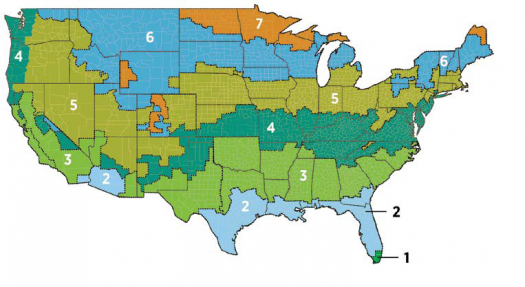


Insulation Department Of Energy


Insulation Types And R Value Info For The Bpi Exam Bpi Certification Online With Bpi Practice Exams And Study Guides Online Energy Auditor Certification Training Course
The higher the RValue the better thermal resistance the product will provide Units m2K/W RValue = Thickness (m) / Thermal conductivity (W/mK) Thermal Resistance is the most important material characteristic that should be defined when specifying insulationRvalue is a measurement of thermal resistance and measures the ability of heat to transfer from one side of an object to another As a benchmark, one inch of solid wood has an Rvalue of 1 In comparison, an inch of blown fiberglass insulation has an Rvalue of 31 34 and an inch of blown cellulose in an attic has an Rvalue of 32 37The Rvalue is a measure of an insulation sample's ability to reduce the rate of heat flow under specified test conditions The primary mode of heat transfer impeded by insulation is conduction, but insulation also reduces heat loss by all three heat transfer modes conduction, convection, and radiation
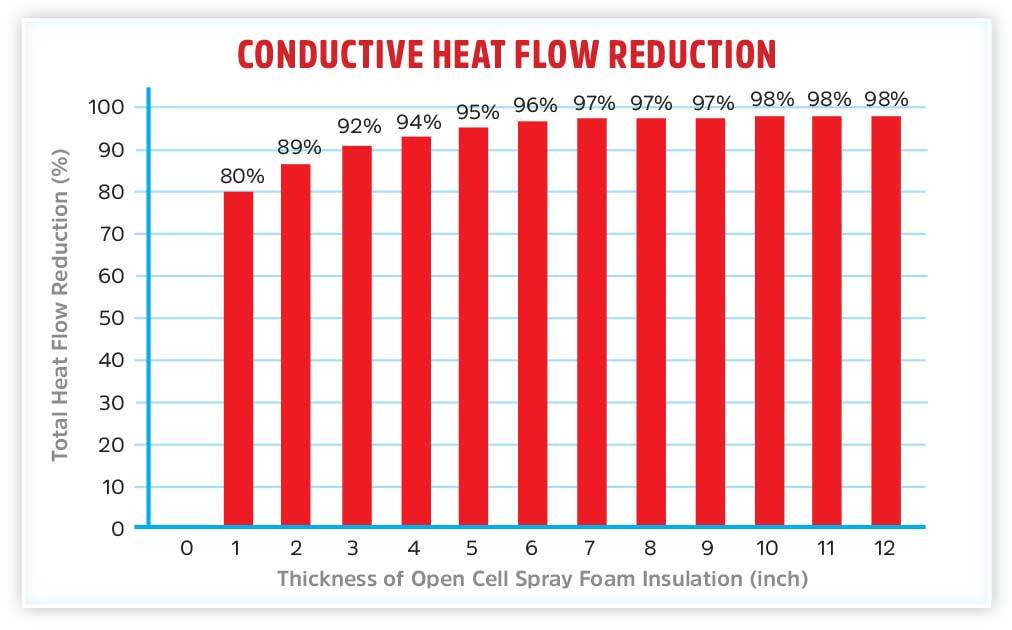


What Is The Highest R Value Insulation Ratings Types Charts


Www Energystar Gov Sites Default Files Asset Document Insulation fact sheet Pdf
The National Fenestration Rating Council (NFRC) operates a voluntary program that tests, certifies, and labels windows, doors, and skylights based on their energy performance ratings The NFRC label provides a reliable way to determine a window's energy properties and to compare productsFor the middle of theEverything You Need to Know About Insulation's RValue Insulation's Rvalue measures its resistance to heat flow — the higher the Rvalue, the better it insulates per inch of thickness If you're still confused, here's a crash course on Rvalue!
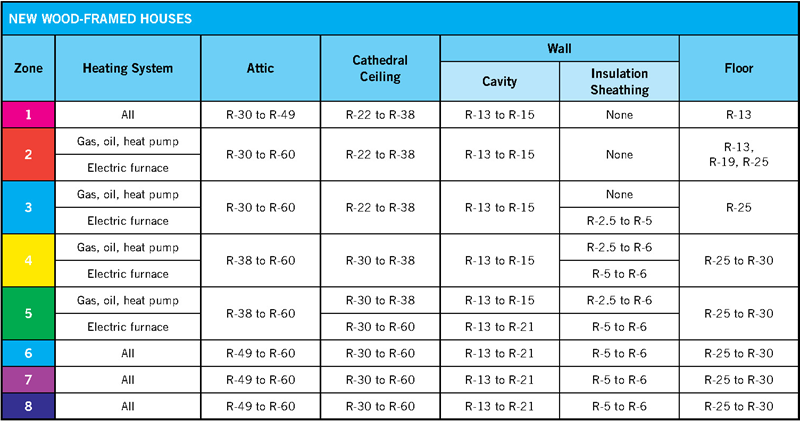


Insulation R Value What Is It Knauf Insulation


5 Thermal Insulation Materials Technical Characteristics And Selection Criteria
To put it simply, Rvalue is a measurement of the thermal resistance of a material, or how well it resists the transfer of heat The higher the Rvalue, the more insulation it will provide More about Rvalue Rvalue isn't just for sleeping mats, it's also commonly used in the construction industryRValue of Building Insulation Building insulation has different Rvalues depending on the type of material being used and the thickness Different materials are used in different areas of a building, and they are designed to be used in different types of construction Here are a few common types of building insulationRvalue was defined as, "The higher the Rvalue, the greater the ability to resist conductive heat transfer" In practical terms, this means that the thicker the insulation, the more efficiently you can keep your home comfortable However, insulation is not the only way to monitor your home's heating and cooling
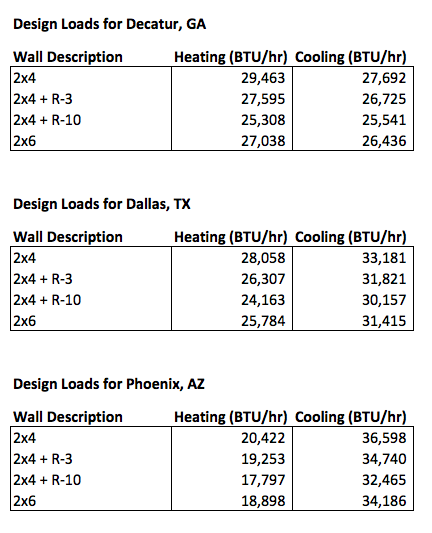


Exterior Insulation On 2x4 Walls Versus 2x6 Walls With Cavity Insulation Only Greenbuildingadvisor



R Value Explained
Let's start with an example solid wood has an Rvalue of 1The higher the Rvalue, the more thermally resistant the material or structure is This isn't just used to measure sleeping pads Engineers and scientists also use Rvalue to measure everything from windows to fiberglassTo get more insulation in the garage install a ceiling and provide access to the space between the ceiling and the roof This will allow you to add the needed insulation While some ceilings in the southwestern part of the United States require a minimum of R19 insulation, most attics or ceiling areas require a minimum of R38 in the ceiling



Insulmax Blow In Cellulose Insulation At Menards
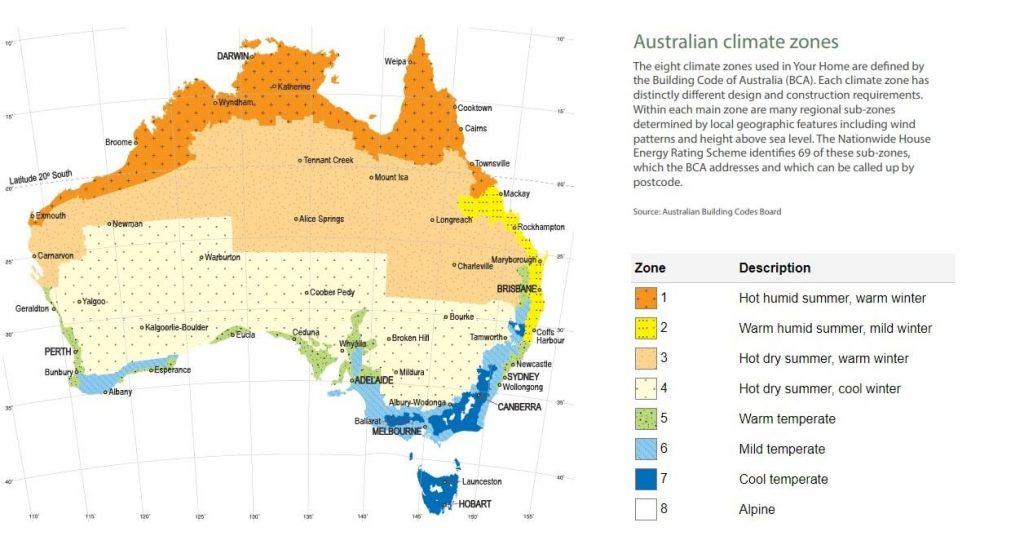


21 What Is R Value Insulation R Value Explained Foilboard
Technically speaking, an Rvalue measures how well an object resists (hence the "R") heat (this measurement isn't only used on sleeping pads—it quantifies thermal resistance in windows, housing insulation, and much more) The higher the Rvalue of a sleeping pad, the greater it will resist heat transfer and keep you insulated from theTechnically, Rvalue is a measure of thermal resistance;A 12inchthick fiberglass blanket rated at R4 is enough to reach the recommended insulation level of R48 for attics located in Zone 4 Spray foam Two primary types of spray foam exist open cell and closed cell Opencell spray foam is rated at about R35 per inch while closedcell spray foam is much more efficient at R60 to R65 per


What Do R Values Mean Pj Fitzpatrick
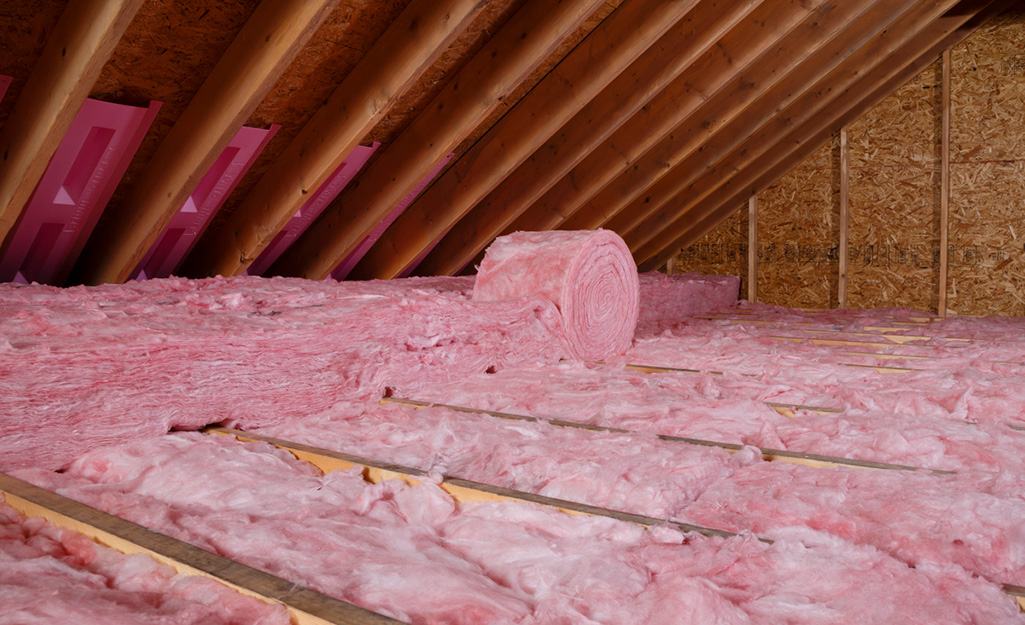


All About Insulation R Values The Home Depot
Is the R value calculated the same in all countries Australian builders put R 345 in a ceilingf (using 92mm stud width) and as little as R 15 in walls The differential between Warm climates as indicated by US values seems very strange Personally I think as an Australian we use far too little insulationThe higher the Rvalue, the more thermally resistant the material or structure is This isn't just used to measure sleeping pads Engineers and scientists also use Rvalue to measure everything from windows to fiberglass1 Tom defines Rvalue as the resistance of heat transfer through the insulation—meaning, the better the Rvalue, the less heat is lost 2 When it comes to Rvalue and recommendations for your home, a lot depends on where you live 3 In southern parts of the United States, the recommended Rvalue for a roof is R30;
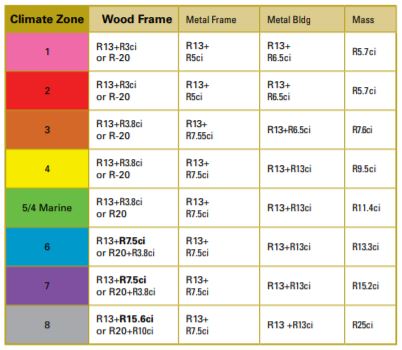


Continuous Insulation Rmax



Spray Foam Insulation Coastal Pacific Insulation Ltd
What Does RValue Mean?The R factor stands for thermal resistance The higher the R factor, the better the insulation The textbook definition for R Factor is the quantity determined by the temperature difference, at steady state, between two defined surfaces of a material or construction that induces a unit heat flow through a unit areaThe R factor stands for thermal resistance The higher the R factor, the better the insulation The textbook definition for R Factor is the quantity determined by the temperature difference, at steady state, between two defined surfaces of a material or construction that induces a unit heat flow through a unit area
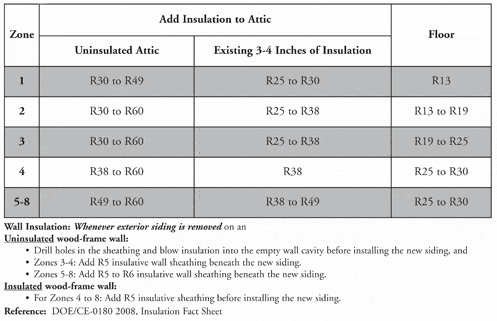


Attic Insulation How Much Do I Need


What Is R Value Drew Foam
Simply put, the R in insulation Rvalue indicates resistance—this is used as the basic measurement of the heat resistance of the insulation material and is calculated per inch of width Here's an example How Is Insulation RValue Calculated?The closer a climate gets to an extreme in heat or cold, the more necessary it becomes to use insulation with a higher Rvalue In addition, the same substance with a different thickness has a different Rvalue Bricks are generally 4 inches thick so it is important to look at Rvalue for 4inch bricks rather than an Rvalue of brick in general
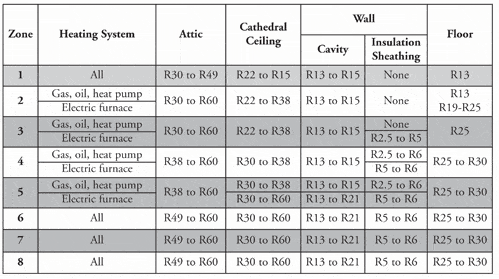


Attic Insulation How Much Do I Need
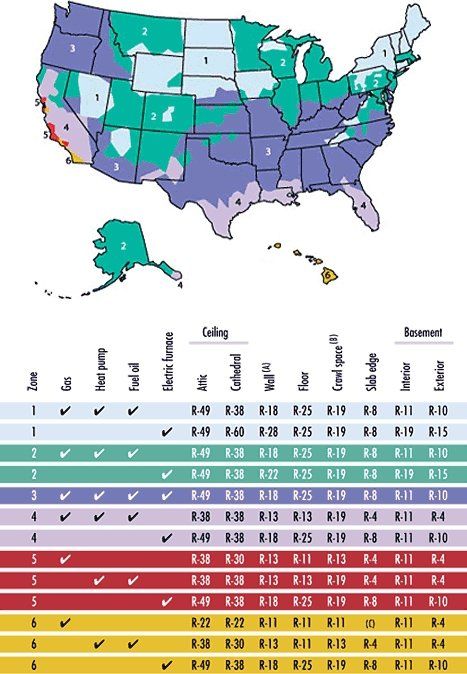


What Does R Value Mean



Insulation Accessories



How To Decipher Heat Loss And Greenhouse R Value Upstart University



3 Vital Roles Of Roofing Insulation Buildings
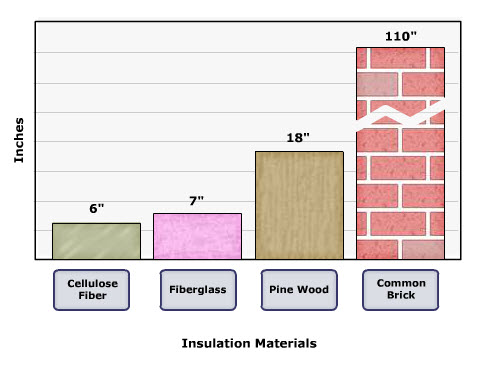


R Value Egee 102 Energy Conservation And Environmental Protection
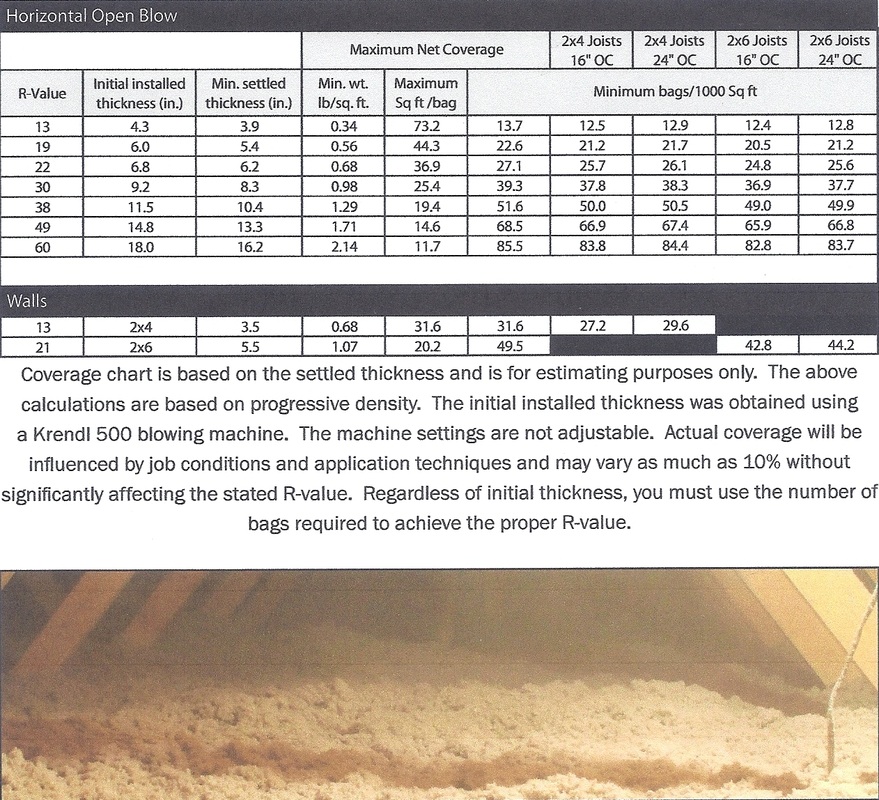


R Value And Sound Transmission Eco Pacific Insulators Llc
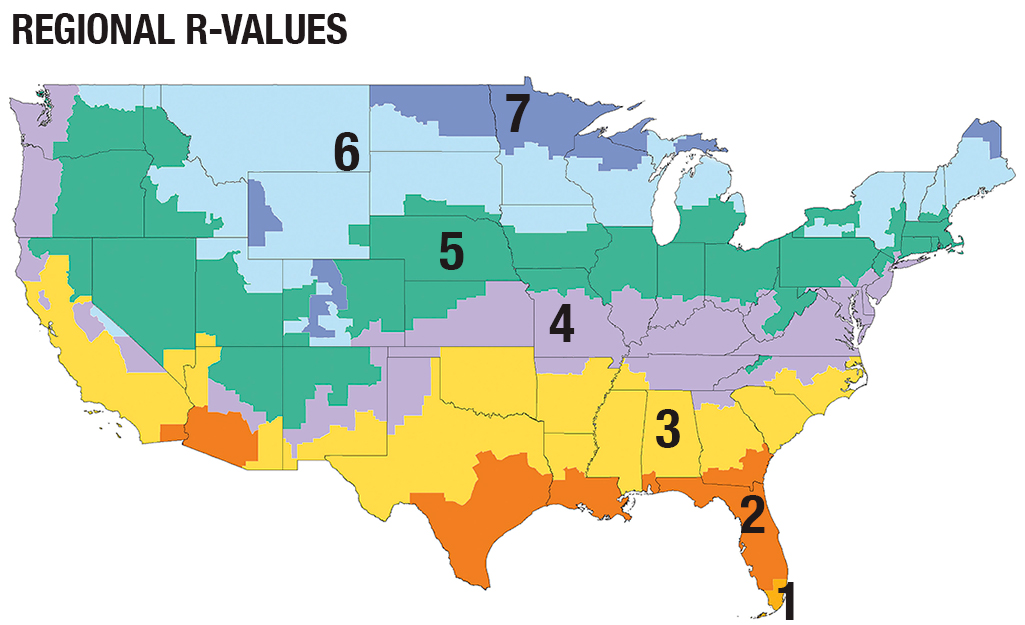


All About Insulation R Values The Home Depot


Attic Insulation How Much Do I Need



21 What Is R Value Insulation R Value Explained Foilboard



What Rvalue Means And How Homeowners Can Improve Efficiency Performance With Cellulose Insulation
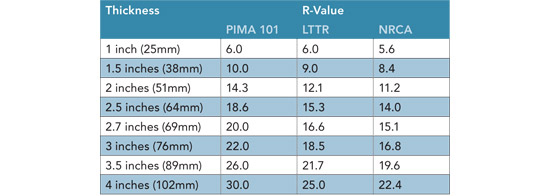


Ce Center Stone Wool Roof Insulation A Climate Driven Choice
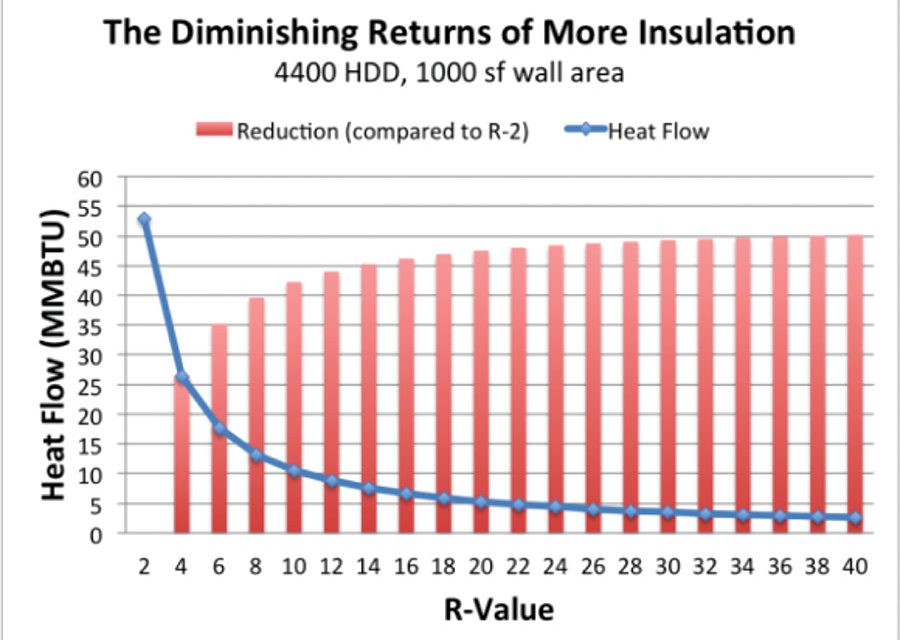


Optimal Insulation For Cost Effective Construction Icf Builder Magazine


Q Tbn And9gcrsv14rkw3ydzstbozk7vuboly9npjlpandgsfu33 Vbjbze4 Usqp Cau



Insulation Buying Guide At Menards



Insulating Your New Colorbond Metal Roof Ausstyle Metal Roofing
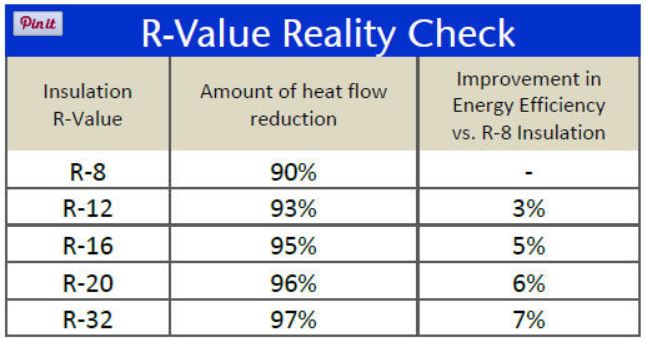


The Truth About R Values Delden Garage Blog


Insulation R Values And Cavity Depths



Insulation R Value What Is It Knauf Insulation



What Rvalue Means And How Homeowners Can Improve Efficiency Performance With Cellulose Insulation



Fiberglass Cellulose Or Foam Which Is The Right Insulation Material For You Environmental Protection
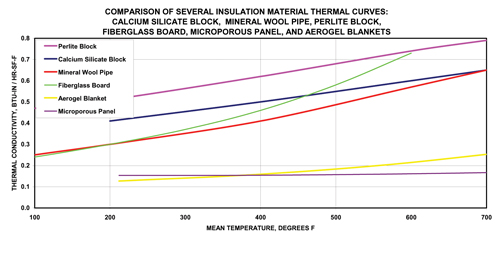


K Value U Value R Value C Value Insulation Outlook Magazine



What Is R Value Insulation Effectiveness Usa Insulation
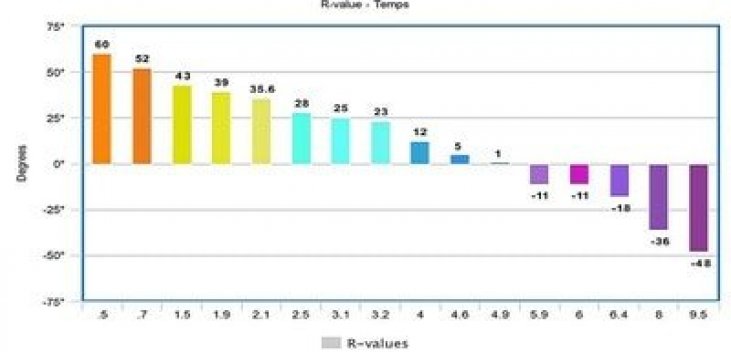


Understanding What A Camping Sleeping Pad R Value Means Glamping Or Camping All Your Questions Answered


Building Science R Value Northern Built
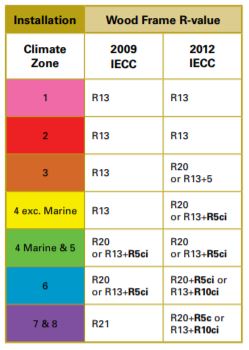


Continuous Insulation Rmax
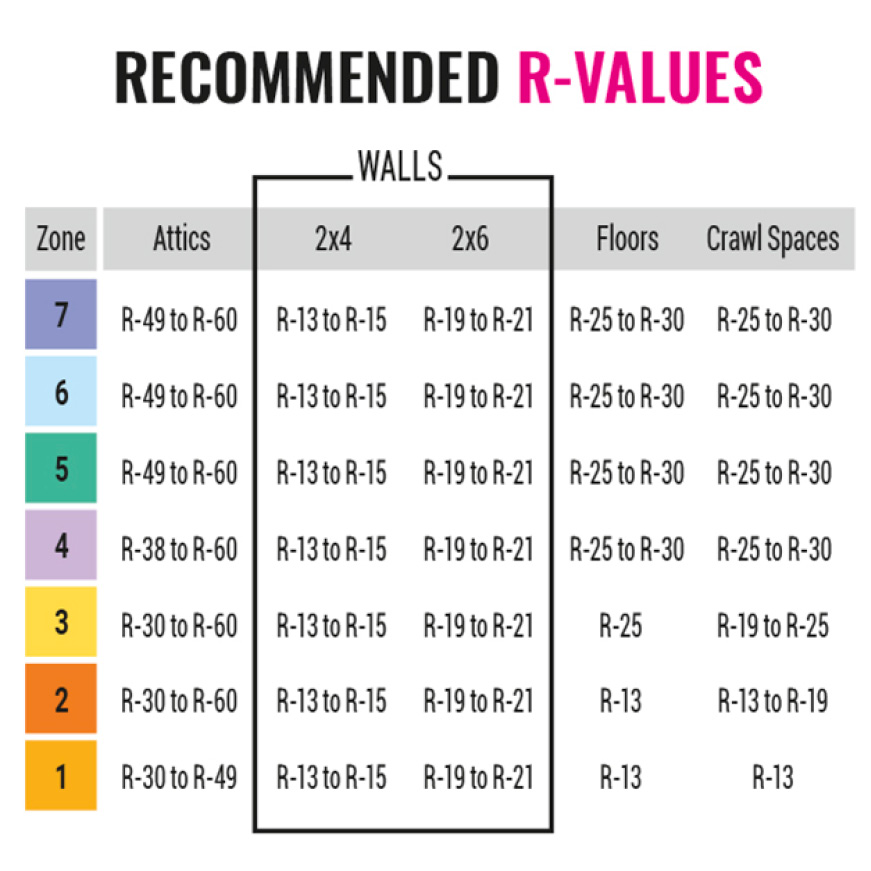


Owens Corning R 30 Pink Unfaced Fiberglass Insulation Roll 15 In X 25 Ft Ru70 The Home Depot


R A Contracting What Is R Value In Roofing Insulation
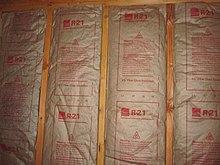


R Value Insulation Wikipedia
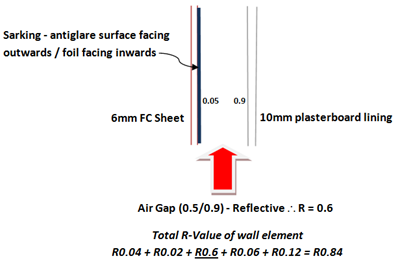


Smartrate Demystifying Air Gaps



Closed Cell Foam Between Studs Is A Waste Fine Homebuilding



The Diminishing Returns Of Adding Insulation Greenbuildingadvisor


Loft Insulation An Introduction Thegreenage



Insulation Ratings Calculating R Factor K Factor C Factor



Underfloor Insulation What Is R Value How Does It Work



Roof Insulation And Diminishing Returns Buildings



Tech Article The Impact Of Thermal Bridging On Building Elements a Energy
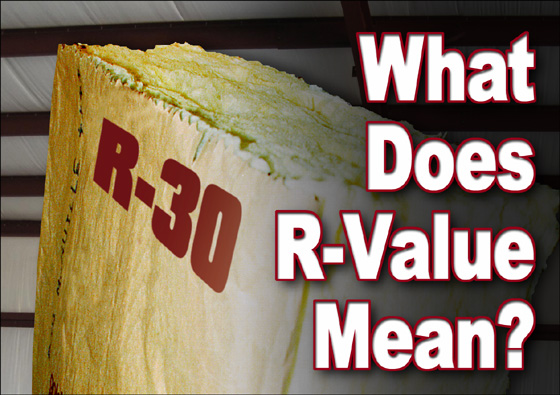


What Does R Value In Insulation Mean Steel Building R Value



Rating Insulation Materials The R Value Insulation Materials Insulation R Value
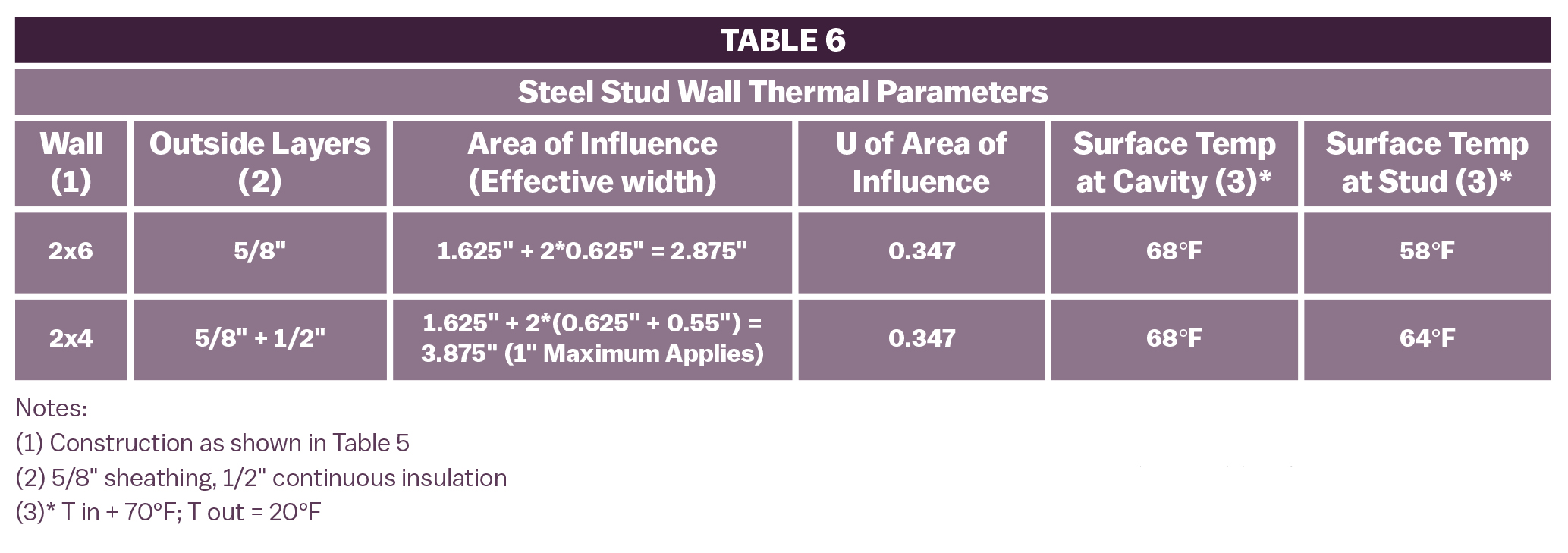


Insulation And Temperature A Useful Relationship Insulation Outlook Magazine
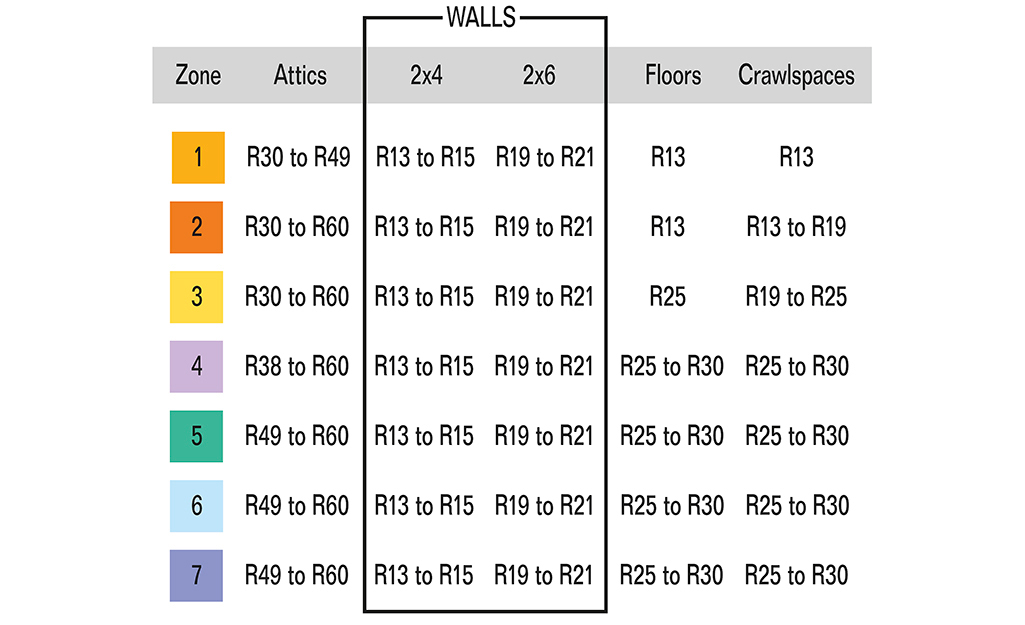


All About Insulation R Values The Home Depot
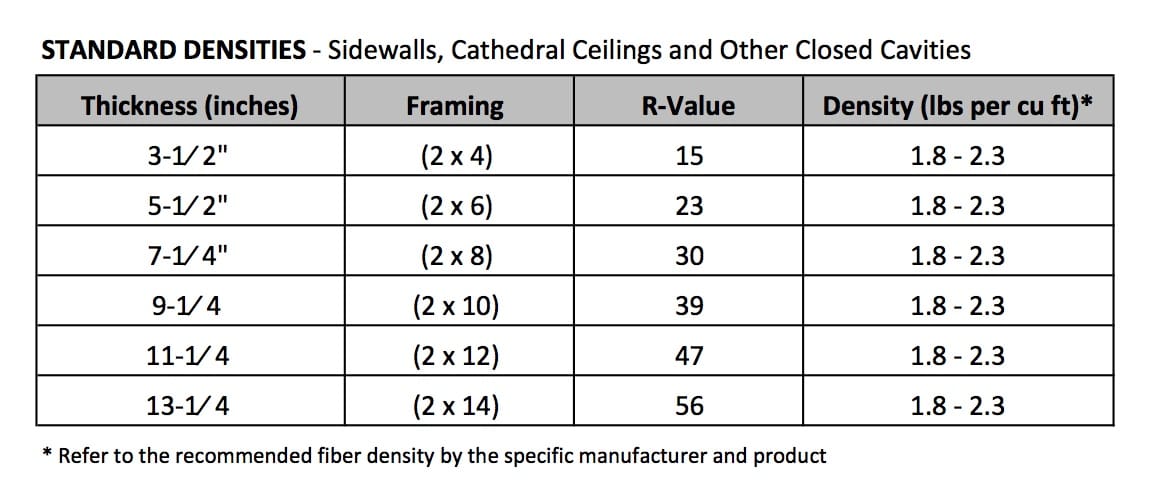


Bibs Blown In Blanket Insulation Service Partners


Converting U Values To R Values Home Construction Induced Info



What Are Insulation R Values Insulation Superstore Help Advice



How To Choose A Sleeping Pad
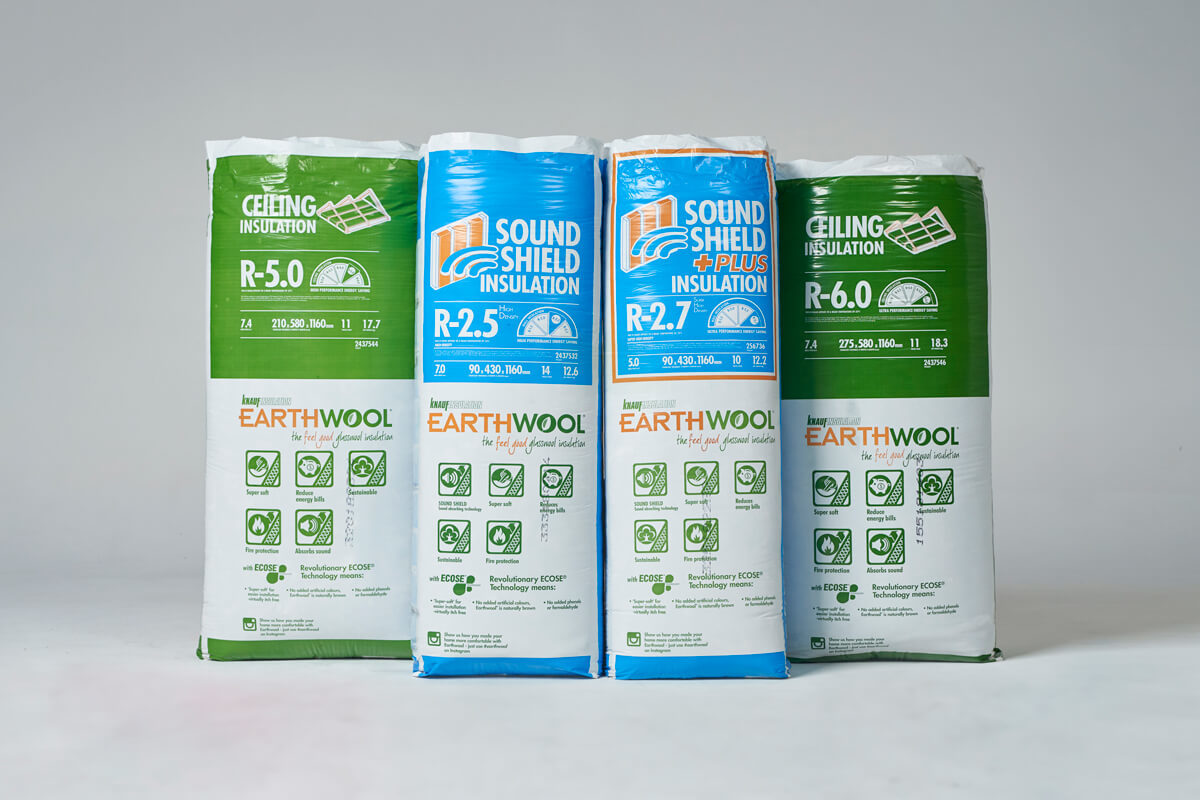


What Does R Value Mean Pricewise Insulation


1



How To Decipher Heat Loss And Greenhouse R Value Upstart University



Rv And Travel Trailer Insulation R Values Explained Rvblogger
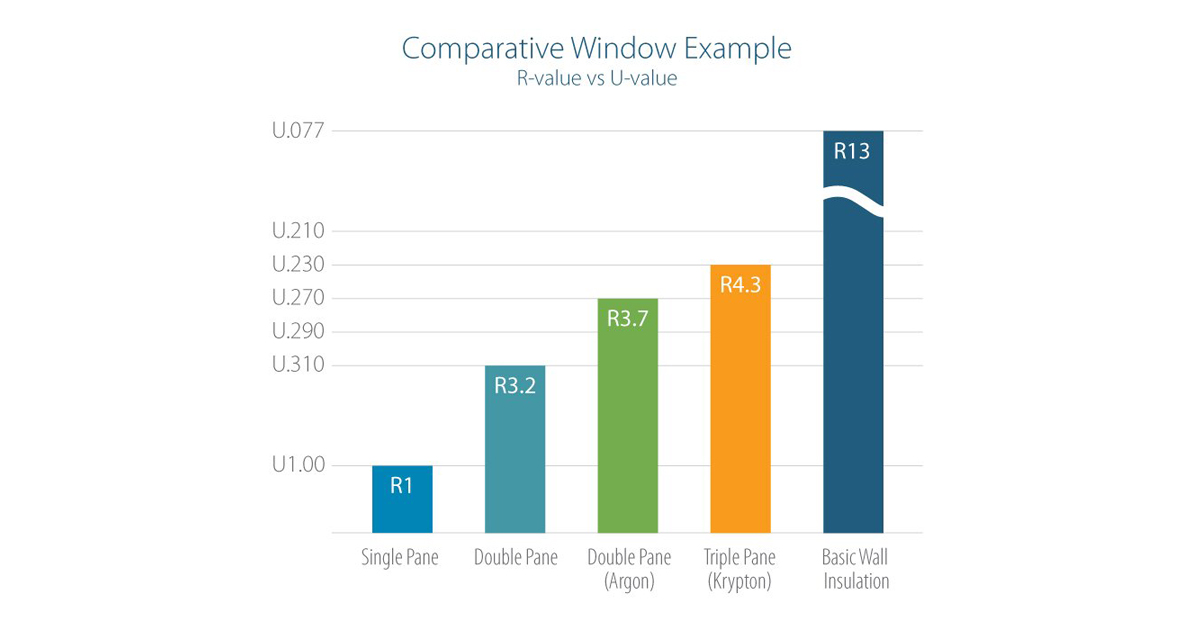


Understanding The R Value



06 All About R Values And Energy Efficiency Clay Brick Association Of South Africa
/how-to-install-kraft-faceinsulation_844837_B-9255c5ca55df426882865f1570cb0300.png)


How To Install Kraft Faced Insulation



Loft Insulation Buyer S Guide Insulation Superstore Help Advice



All About Insulation R Values The Home Depot


1


Www Dupont Com Content Dam Dupont2 0 Products Performance Building Solutions Literature 179 Pdf
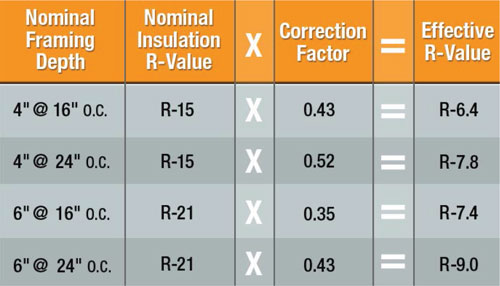


Ce Center Insulated Composite Backup Panels
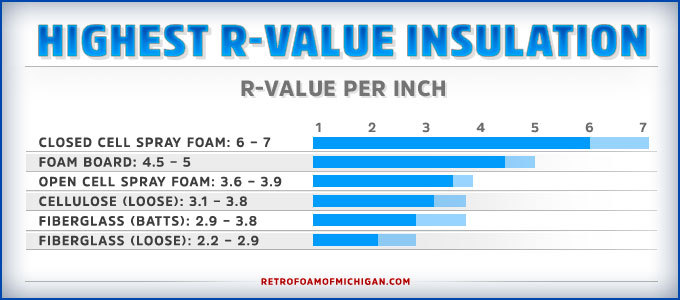


What Is The Highest R Value Insulation Ratings Types Charts



Closed Cell Foam Between Studs Is A Waste Fine Homebuilding



What Is R Value Insulation Effectiveness Usa Insulation



En511 Glove Standards



What Is The R Value For Atticfoil Products Atticfoil Radiant Barrier Do It Yourself Professional Grade Radiant Barrier
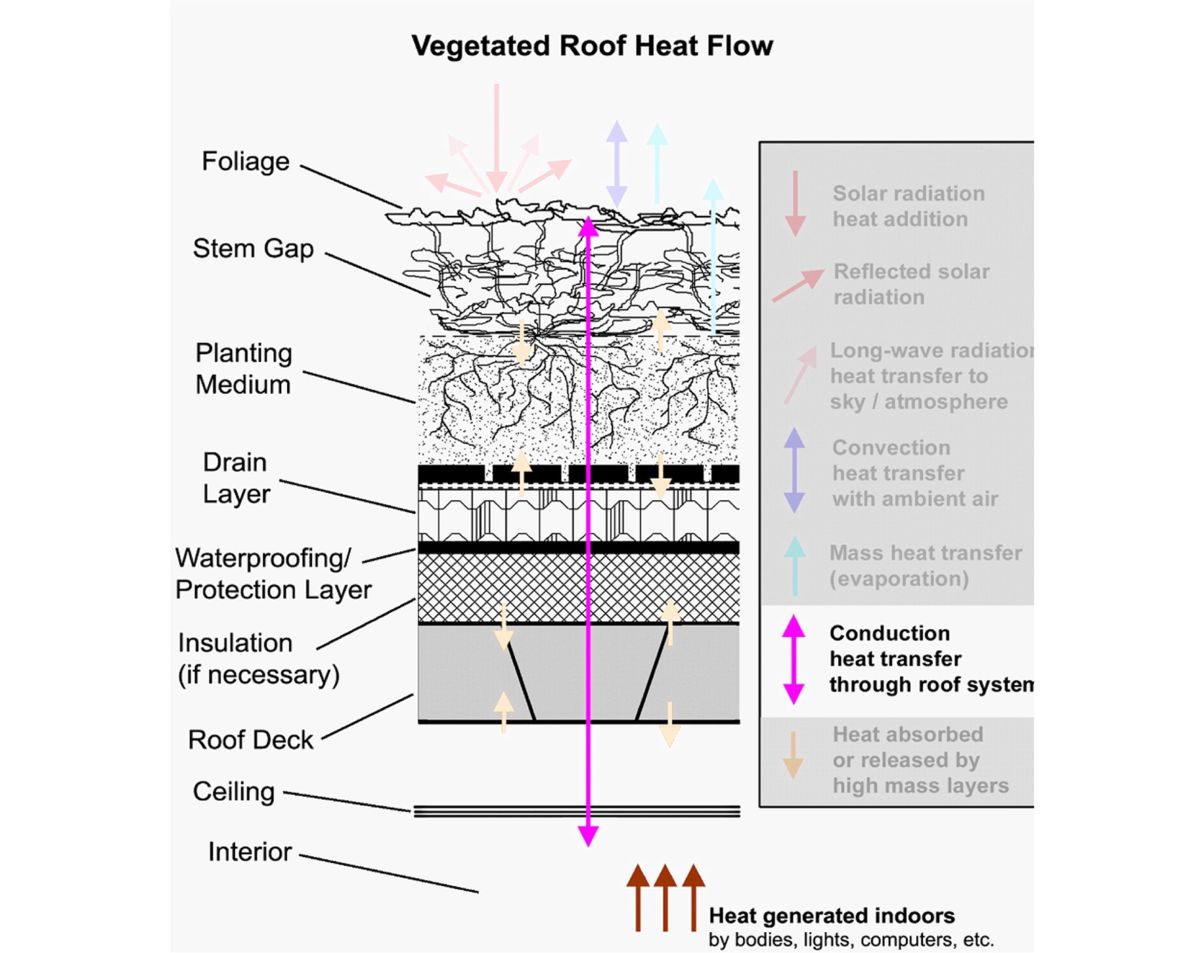


Green Roof Energy Series Part 5 Assuming Insulation Greenroofs Com
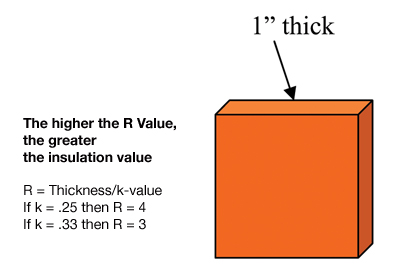


K Value U Value R Value C Value Insulation Outlook Magazine



Garage Door Education R Value 101



Ce Center Stone Wool Roof Insulation A Climate Driven Choice
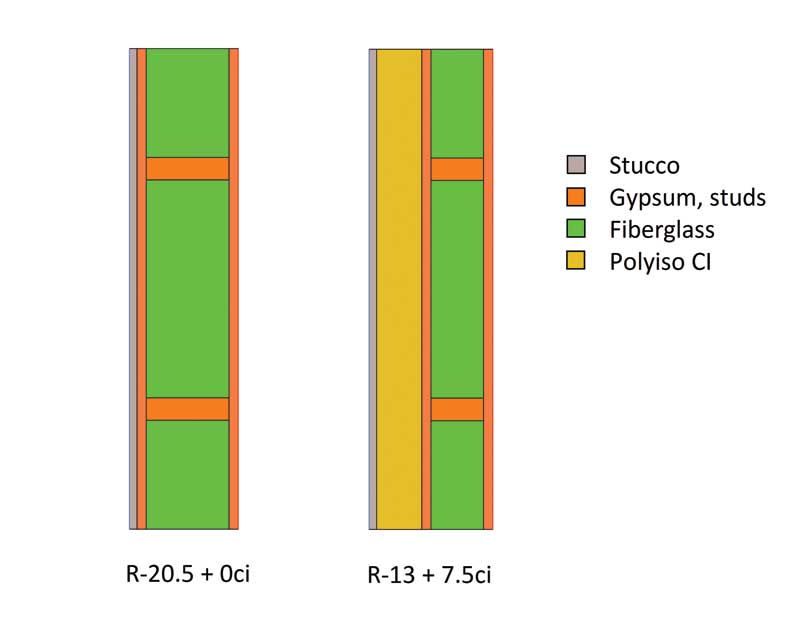


Continuous Insulation Solves Energy Code Math Problem Sbc Magazine



Insulation R Value What Is It Knauf Insulation
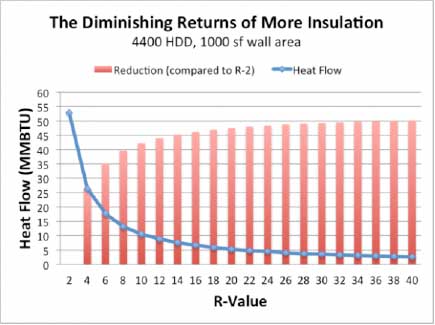


Optimal Insulation For Cost Effective Construction Icf Builder Magazine
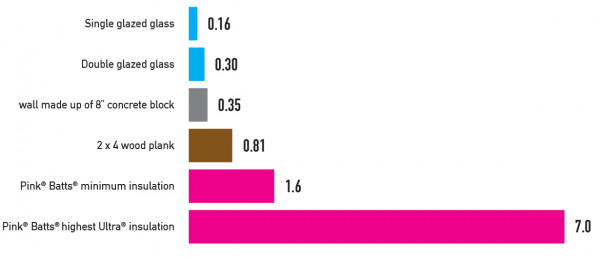


Right R Value Pink Batts



Basement And Crawlspace Insulation
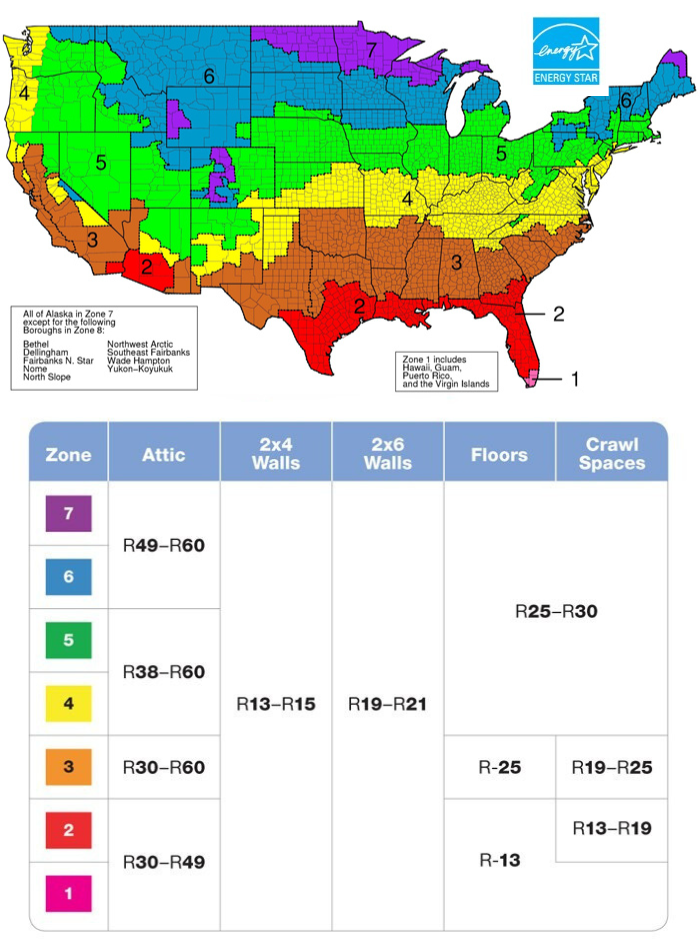


What R Value Do I Need Johns Manville



What Is The R Value For Earth Dirt Soil Backfill Or Earth Berms


コメント
コメントを投稿